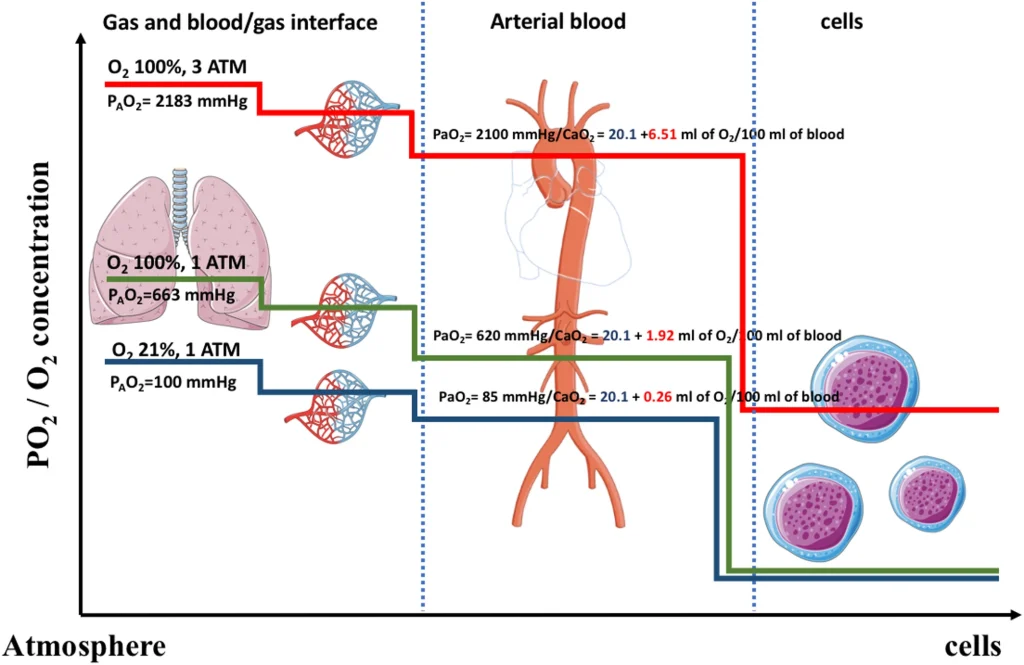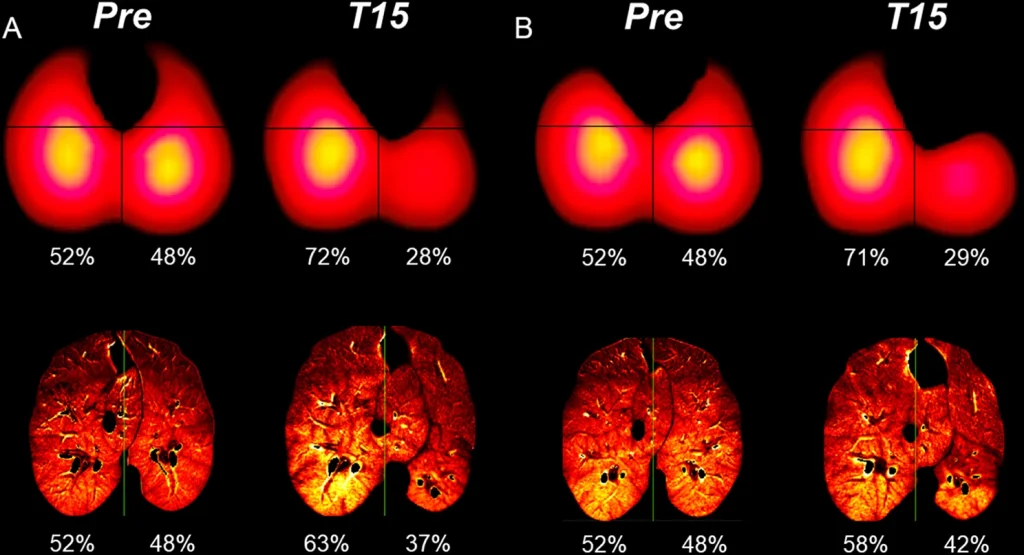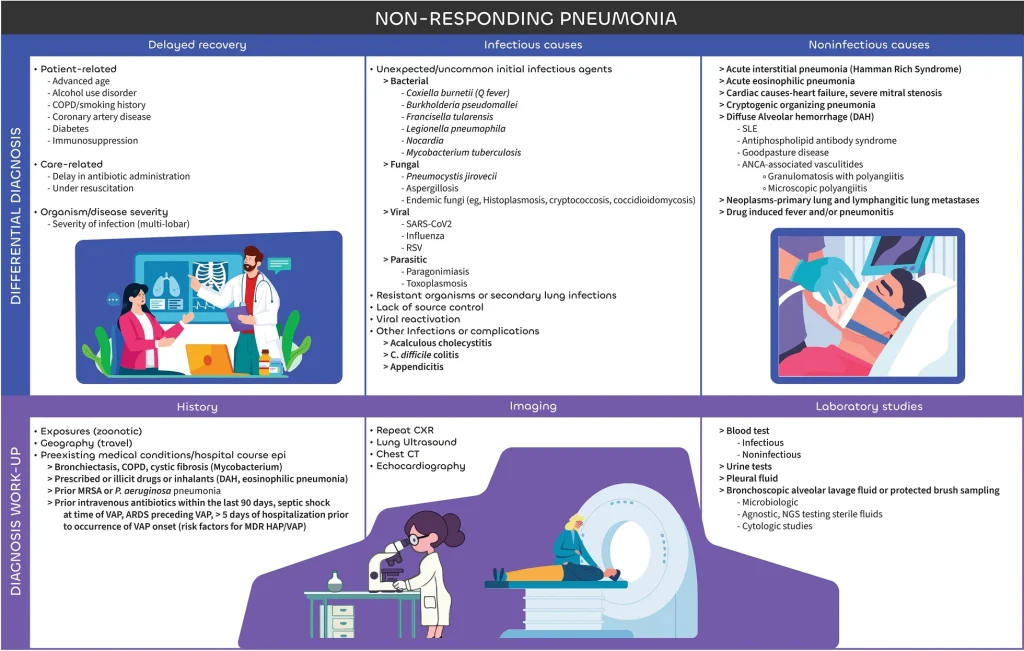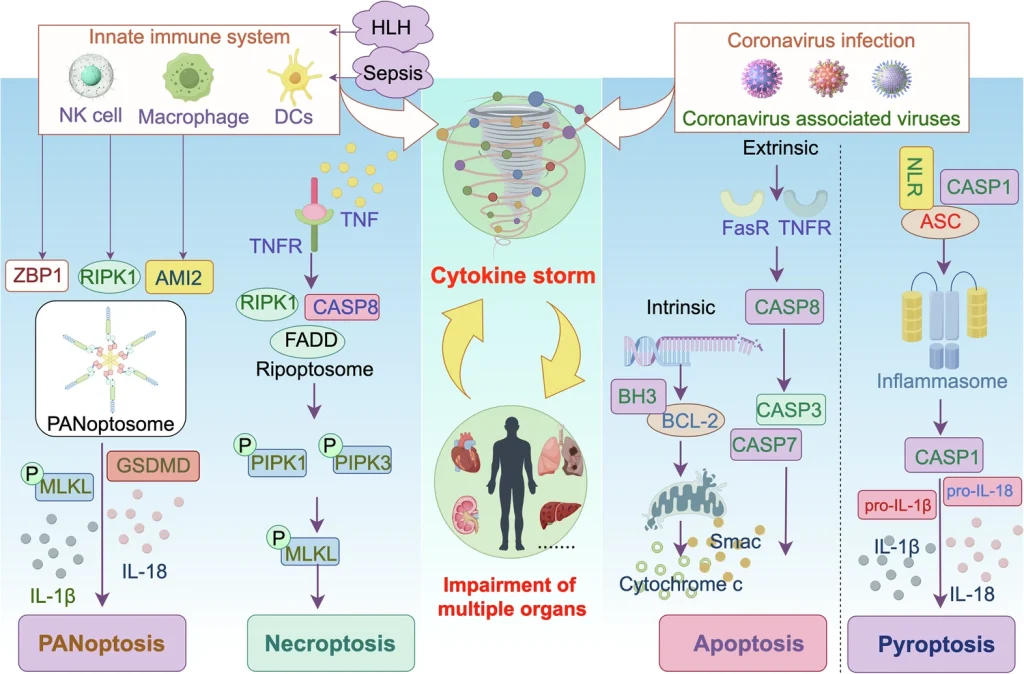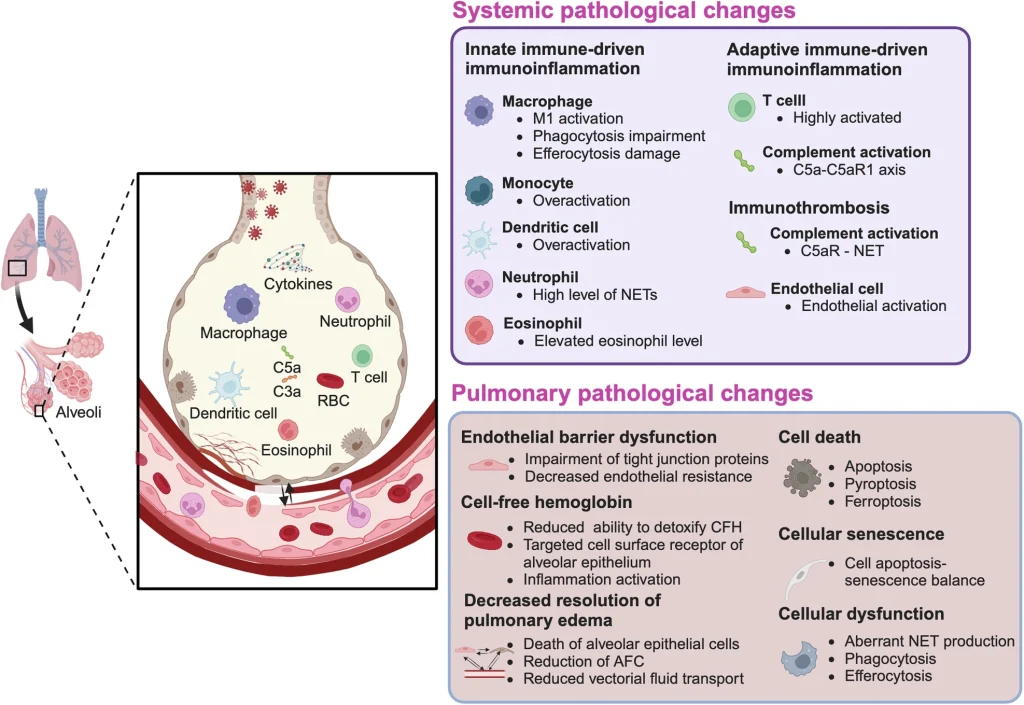Pulmonary shunt in critical care: a practical approach with clinical scenarios
Abstract: Raimondi Cominesi et al. deliver an extensive review on pulmonary shunt, a critical physiological phenomenon where venous blood bypasses alveolar gas exchange, leading to impaired oxygenation. The authors provide practical methods to assess and calculate pulmonary shunt in various critical care scenarios, highlighting its clinical importance, especially in complex conditions such as acute respiratory […]
Pulmonary shunt in critical care: a practical approach with clinical scenarios Read Post »


